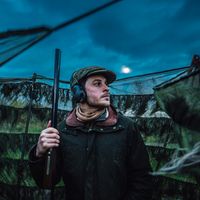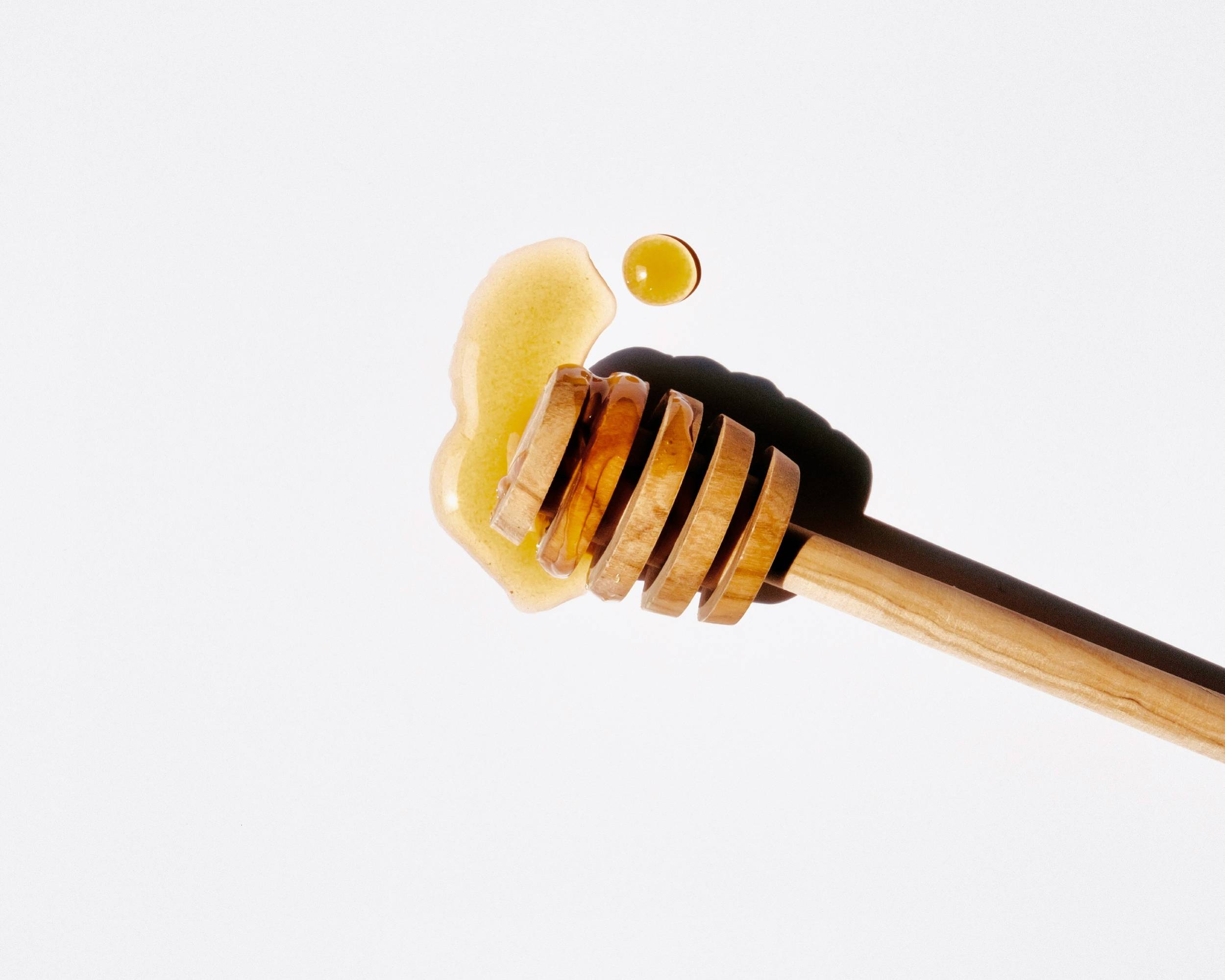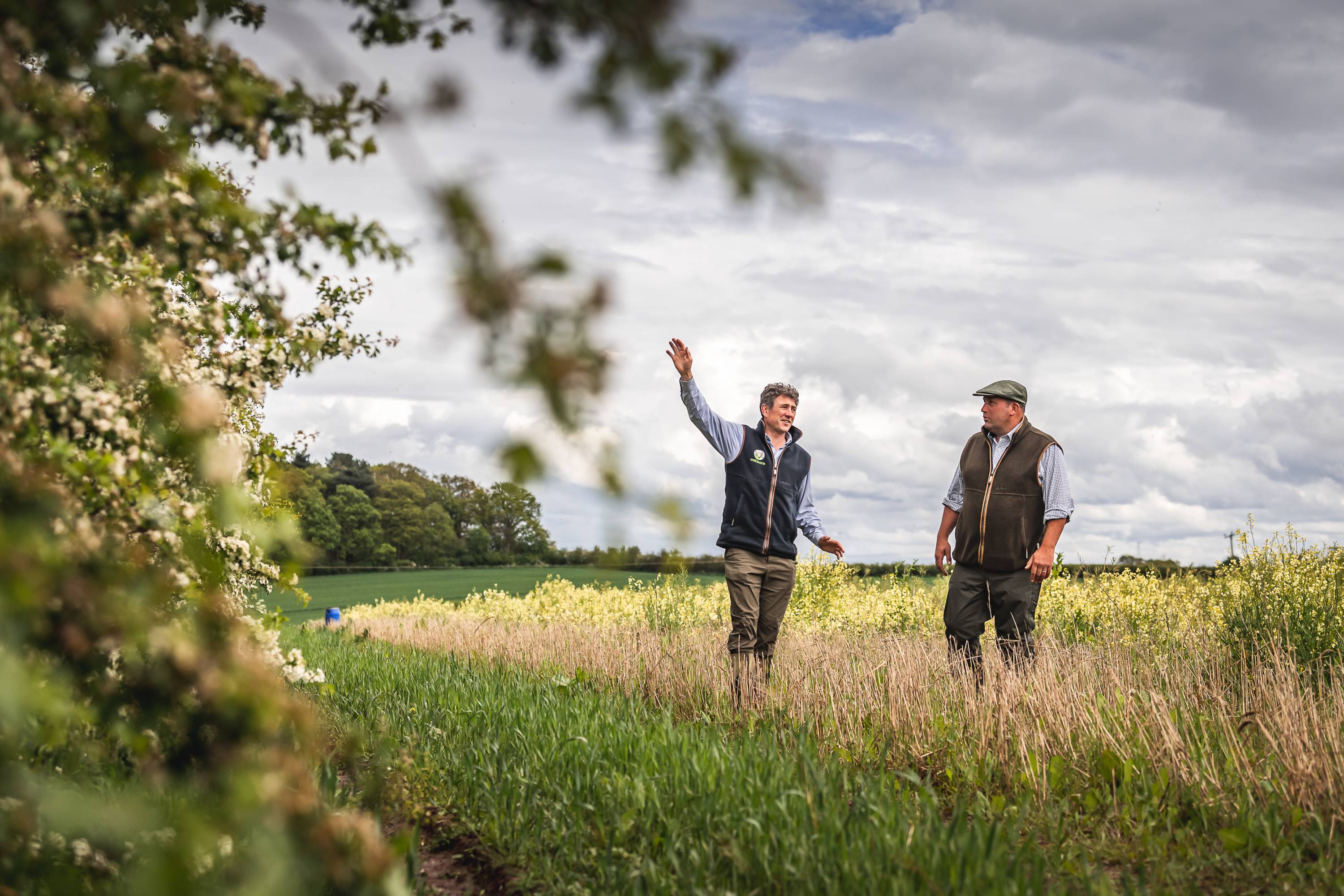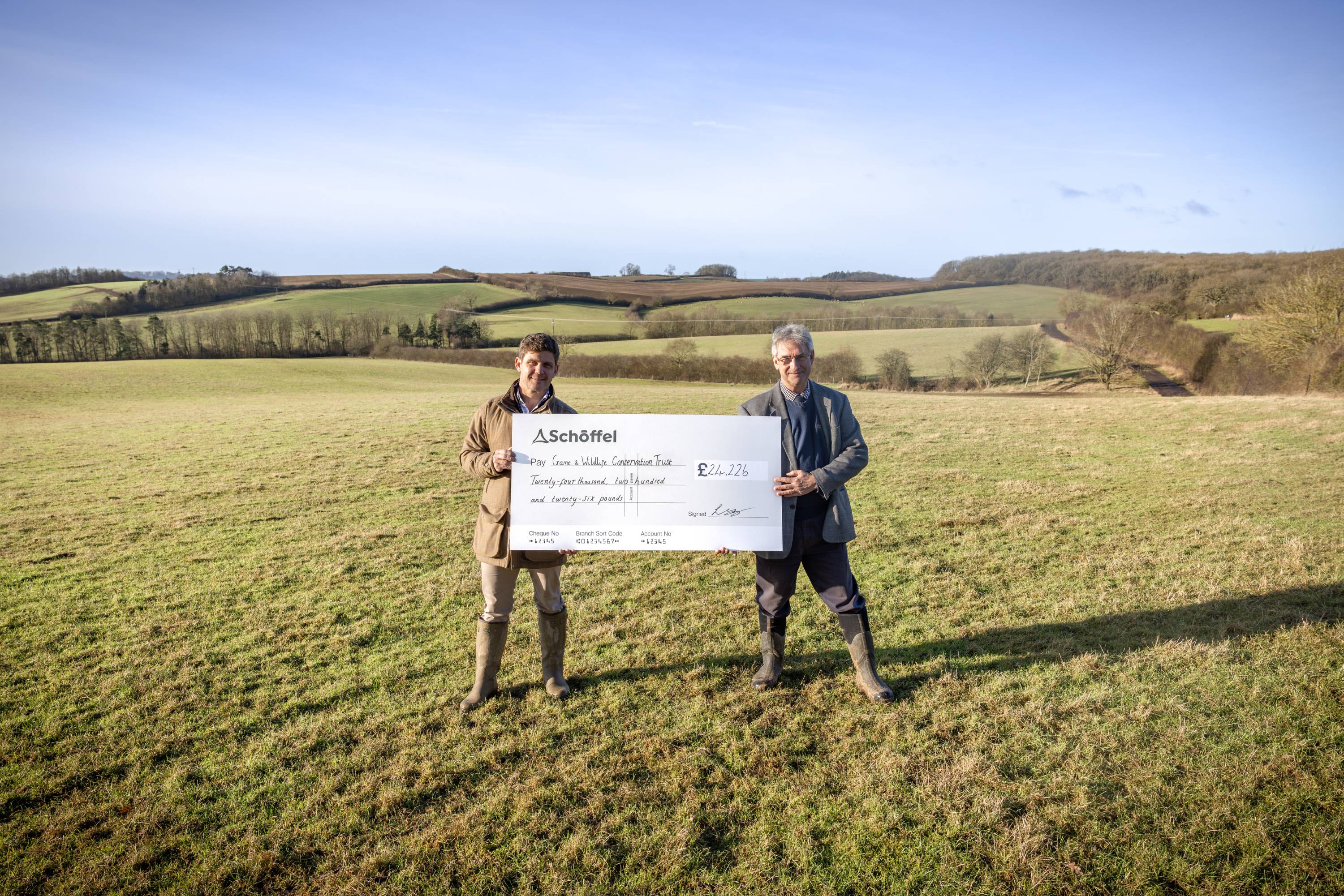

Schöffel Country x The Allerton Project
With your help, we can give something back to the charities and organisations so crucial to the countryside.
How else can we ‘do our bit’ for rural landscapes and livelihoods? This is a question we ask ourselves regularly at Schöffel Country, because the health of the British countryside is central to what we stand for.
For us, events like Black Friday have never been about shifting great value knitwear, shirts, gilets or winter coats at discounted prices. Instead, we see them as perfect opportunities to give something back – not only to you, our customers (for whom excellent offers abound, by the way) but to those striving to protect and enhance the places we love.
Over the past couple of years, we’ve donated more than £50,000 to various causes, including the the Atlantic Salmon Trust and Kids Country. Our Black Friday initiatives have been a key part of this fundraising activity.
As 2023 draws to a close, we’re delighted to be able to hand over £11,330 to The Allerton Project, the Game and Wildlife Conservation Trust’s demonstration farm at Loddington in Leicestershire. This Black Friday we promised to donate £5 from every order over £50 placed between 24th and 28th November. You did the rest…
What is the Game and Wildlife Conservation Trust?
For 90 years the GWCT has been at the fore of conservation science, working to enhance the British countryside for the benefit of people and biodiversity. It achieves this (and some) through research and the development of game and wildlife management techniques that go hand in hand with economic land use. Training, advice, and engagement with policymakers can also be listed as key areas of its work.
The Trust’s research staff publish 30-40 peer-reviewed papers every year. From woodcock tagging to the Partridge Count Scheme and predation monitoring to the study of heather burning, projects are as varied as they are important. For a long time, aware of how important this research is to the sustainability of game shooting, the fieldsports community has backed the GWCT and listened to its science.
The Allerton Project
Imagine starting from scratch with a 272-hectare block of farmland and one overarching aim: to research the effects of different farming methods on wildlife and the environment. That’s exactly what the GWCT did with The Allerton Project in 1992. Ever since, the award-winning and pioneering initiative has made a huge contribution to our understanding of how food production and a thriving natural environment can co-exist, side by side.
Natural capital accounting, agri-environment schemes and regenerative farming systems are focal points. Areas of research to date include a closer look at integrating trees into pasture, the value of pollinating insects in hedgerows, soil ecology and water-friendly farming, to name a few. Many of these studies are done in collaboration with universities and other organisations across the country.
Impressively, The Allerton Project – which today comprises 340 hectares – attracts 2,000-3,000 visitors each year, among them regulators, advisors, schoolchildren, policymakers, and other landowners who are interested in what is widely regarded as a blueprint for future farmed landscapes.
The figures speak for themselves. In the first eight years of management, thanks to the three-legged stool approach based on habitat creation, supplementary feeding and predation control, the number of songbirds at Loddington increased by 150%. Earthworm numbers more than trebled with the switch to zero till farming. There are 13 species of bumblebee on the farm. And 26 species, including 10 that are red- or amber-listed, were seen this year in the GWCT’s Big Farmland Bird Count.
What is regenerative farming?
Excitingly, our Black Friday donation to The Allerton Project will be used to help develop and kickstart its regenerative farming training, allowing the team at Loddington to roll it out to more people, across more platforms, in a shorter timeframe.
‘Regenerative’ has become a buzzword in agriculture, but what does it mean? Well, ask 10 different farmers and you’ll probably get 10 different answers. By and large, though, the term describes sustainable and productive farming and grazing practices that will help us to tackle climate change while improving soil health, restoring lost biodiversity, and protecting water resources and other ecosystems. We’re all for that!
To learn more about the GWCT and The Allerton Project, do visit their websites. And be sure to keep an eye on our blog and social media channels in 2024 as we continue to work with the GWCT and learn more about its sterling work.




















